In the shadows of twilight, a soft green glow pulses through the forest undergrowth. What appears to be a romantic dance of fireflies revealing their hearts’ desires is actually nature’s most sophisticated game of deception. These tiny architects of light have mastered the art of visual trickery, using their bioluminescent abilities not just for love, but for survival through lies, lures, and lightning-fast escapes. The insect world is filled with creatures that have evolved incredible flashing mechanisms, turning their bodies into living neon signs that can mean the difference between life and death.
The Science Behind Nature’s Light Show
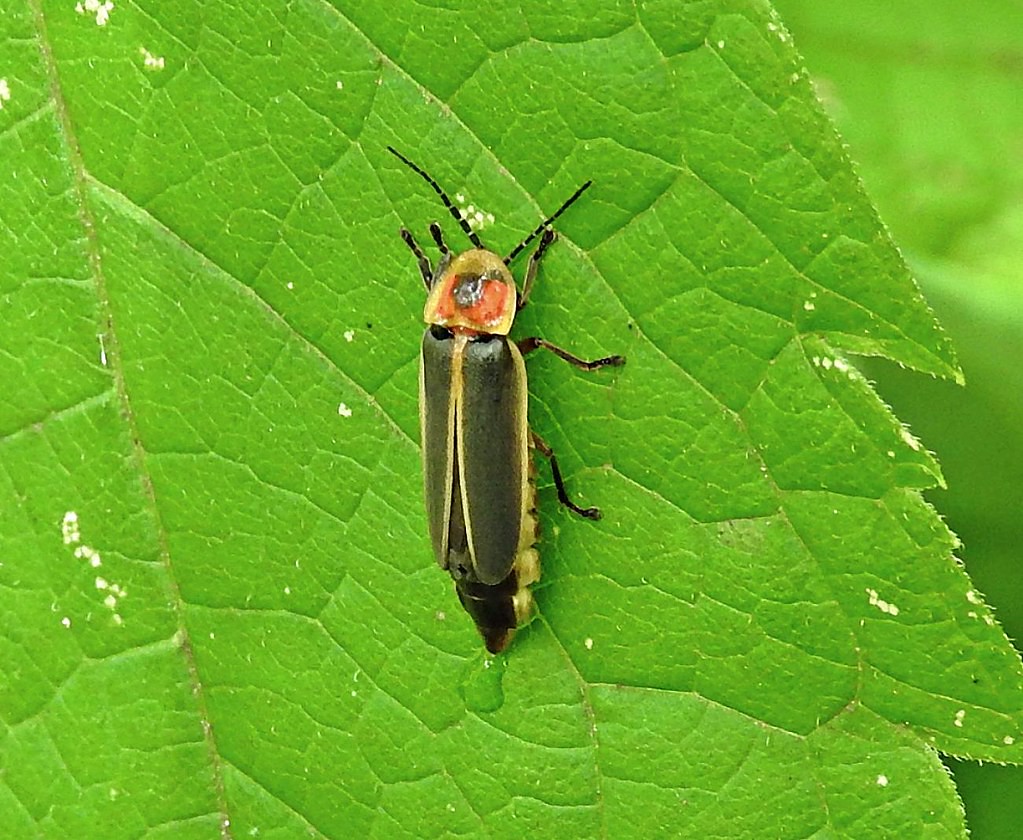
Bioluminescence in insects represents one of evolution’s most remarkable achievements, involving complex chemical reactions that produce light with almost zero heat waste. The process relies on a molecule called luciferin, which reacts with oxygen in the presence of an enzyme called luciferase to create photons. This biological light production is so efficient that it puts human LED technology to shame, converting nearly 100% of chemical energy into light.
Different insect species have evolved unique control mechanisms for their light organs, allowing them to create specific patterns, colors, and intensities. The timing and frequency of these flashes can be precisely controlled through neural pathways, enabling insects to craft elaborate visual messages. Some species can even adjust the wavelength of their light output, shifting from green to yellow or amber depending on their specific needs.
Firefly Femme Fatales: Masters of Mimicry
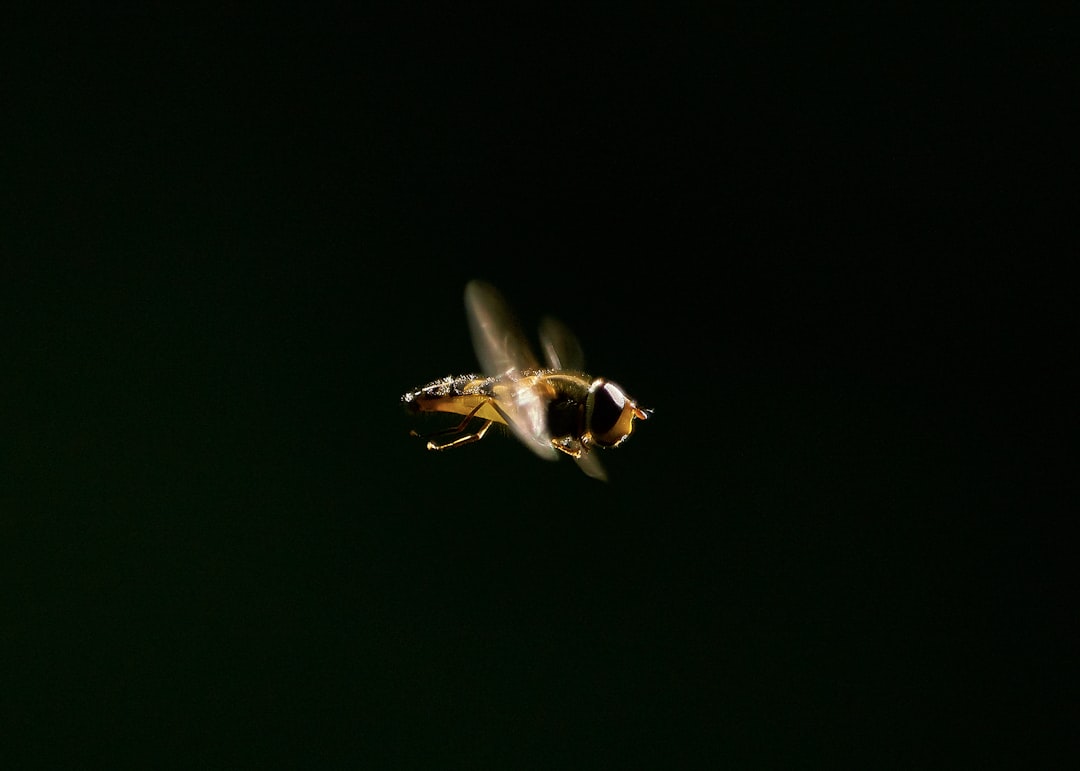
Female fireflies of the genus Photuris have earned the sinister nickname “femme fatales” for their deadly deception tactics. These cunning insects study the specific flash patterns of other firefly species, memorizing the romantic codes that males use to attract mates. When a hungry Photuris female spots a male from a different species, she mimics his species’ female response pattern perfectly.
The unsuspecting male, thinking he’s found a potential mate, flies directly into what becomes his final embrace. The deceptive female doesn’t just kill her victim – she devours him entirely, gaining not only nutrition but also defensive chemicals called lucibufagins that make her toxic to predators. This chemical theft through cannibalism represents one of nature’s most calculated examples of identity fraud.
Scientists have documented over 200 different firefly species, each with distinct flash patterns, yet Photuris females can imitate dozens of these codes. Their ability to switch between different species’ signals demonstrates a level of behavioral flexibility that rivals some vertebrates.
Click Beetles: Living Strobe Lights
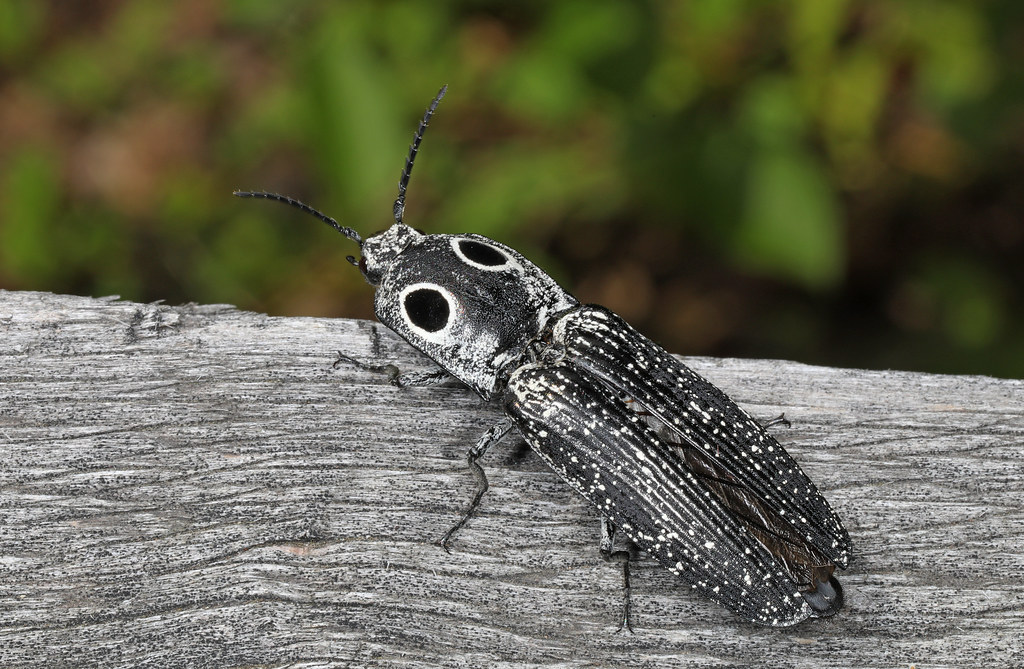
When threatened, some click beetles transform into miniature disco balls, creating rapid-fire light displays that can confuse and disorient predators. These insects possess multiple light organs along their bodies, including spots on their thorax and abdomen that can flash independently or in synchronized patterns. The sudden burst of lights creates an overwhelming sensory experience for attackers, giving the beetle precious seconds to escape.
The click beetle’s defensive light show isn’t just random flashing – it’s a carefully choreographed performance designed to exploit predator psychology. Studies have shown that birds and other visual hunters often hesitate when confronted with unexpected light patterns, their brains struggling to process the rapidly changing visual information. This momentary confusion provides the beetle with its escape window.
Some tropical click beetle species have evolved lights so bright they can be seen from over 100 feet away, creating what researchers describe as “living beacons” in the night forest. These extreme displays suggest that the evolutionary pressure from predators has driven these insects to develop increasingly sophisticated light-based defenses.
Lanternflies: The Art of False Advertising
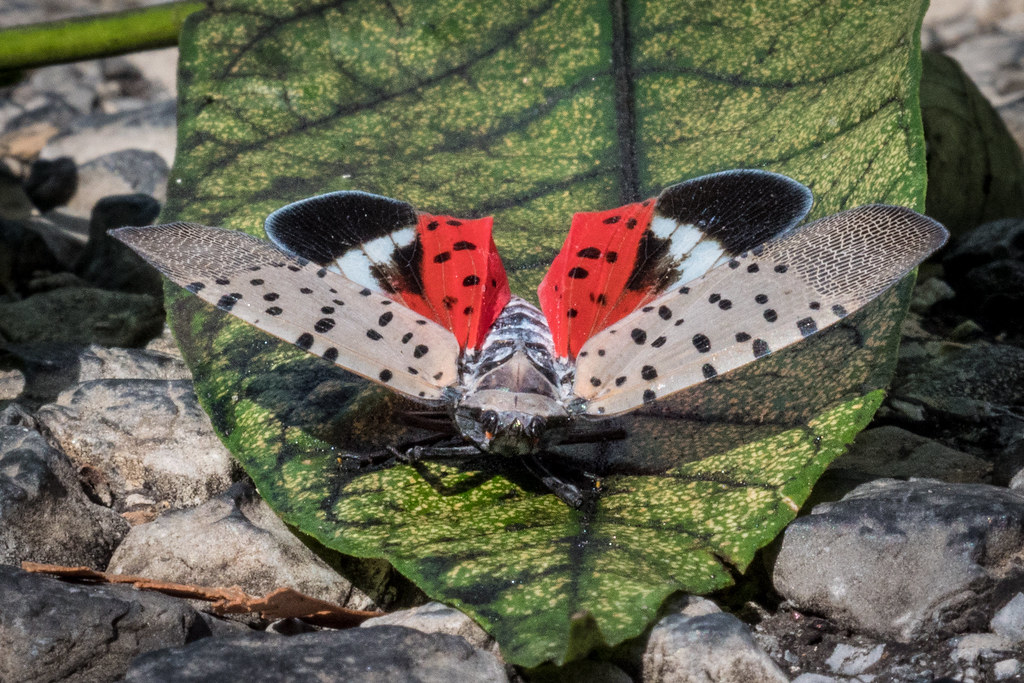
Despite their name, lanternflies don’t actually produce their own light – they’re masters of reflecting and manipulating existing light sources to create deceptive displays. These insects have developed highly specialized wing structures that can redirect moonlight and artificial light into concentrated beams, creating the illusion of bioluminescence. Their wing scales act like tiny mirrors, focusing scattered light into coherent patterns that can fool both predators and prey.
The lanternfly’s deceptive light manipulation serves multiple purposes in their survival strategy. During mating season, males use their light-reflecting abilities to create impressive displays that make them appear larger and more luminous than they actually are. This optical illusion helps smaller males compete with larger rivals for female attention.
When threatened, lanternflies can rapidly adjust their wing positions to create disorienting light patterns that confuse predators about their location and size. This adaptive camouflage represents a unique evolutionary solution to the challenge of survival without the metabolic cost of producing actual bioluminescence.
Glow-worms: Underground Deception Networks
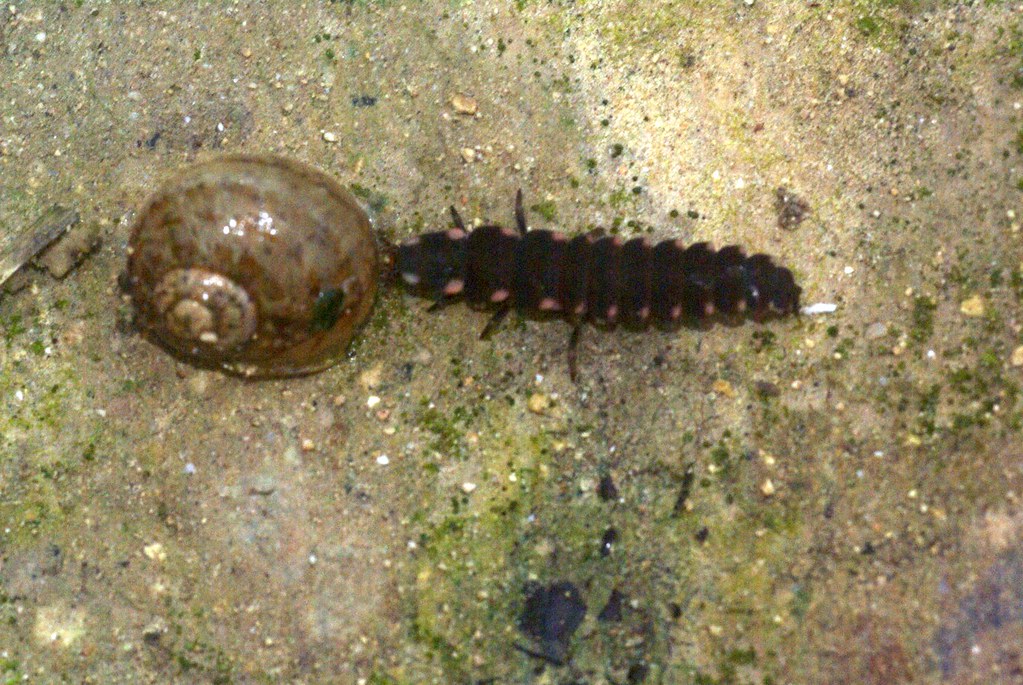
The larvae of certain fungus gnat species, commonly called glow-worms, create elaborate light traps in caves and forest undergrowth that rival any human-made fishing net. These young insects suspend themselves from cave ceilings or overhanging vegetation, dangling sticky silk threads while producing a soft, continuous glow. Flying insects, attracted to what they perceive as starlight or moonlight, become entangled in the deadly snares.
What makes these glow-worms particularly deceptive is their ability to adjust their light output based on environmental conditions and prey availability. During periods of high insect activity, they dim their lights to avoid detection by predators, while ramping up their glow when hungry. This dynamic light control demonstrates a level of behavioral sophistication that suggests these larvae can assess risk versus reward in real-time.
Some glow-worm species have evolved specialized light organs that can produce different colors and intensities, allowing them to target specific types of prey. Blue-green lights tend to attract moths and flies, while yellow-green emissions are more effective at luring beetles and other insects.
Railroad Worms: Multi-Colored Deception
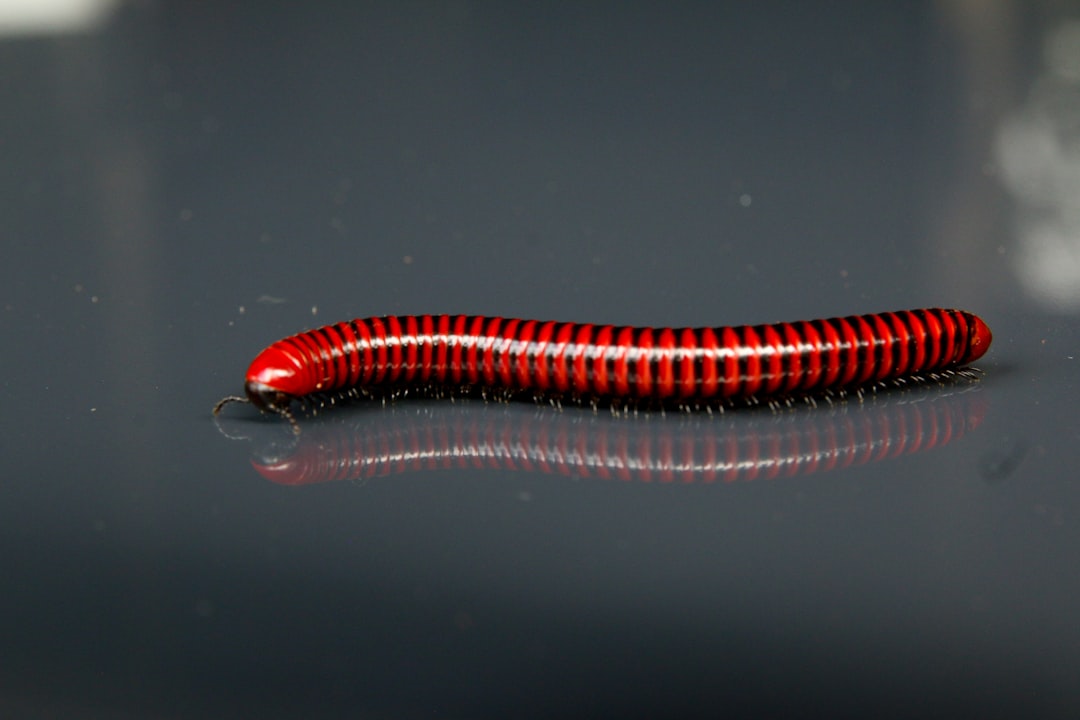
Railroad worms, the larvae of certain beetles, possess one of the most complex light-producing systems in the insect world, featuring multiple colored light organs that can operate independently. These remarkable creatures have green lights running along their sides like train car windows, while sporting red warning lights on their heads. This dual-color system allows them to send mixed messages to different audiences simultaneously.
The green side lights serve as lures, attracting small insects and other prey with their steady, reassuring glow. Meanwhile, the red head lights function as warning signals, deterring larger predators that might view the railroad worm as a potential meal. This biological traffic light system enables these larvae to hunt while minimizing their own risk of becoming prey.
Research has revealed that railroad worms can control each light organ independently, creating complex patterns that can shift from attractive to threatening within seconds. This rapid signal switching represents an advanced form of visual communication that allows these insects to adapt their message based on immediate circumstances.
Diving Beetles: Underwater Light Warfare
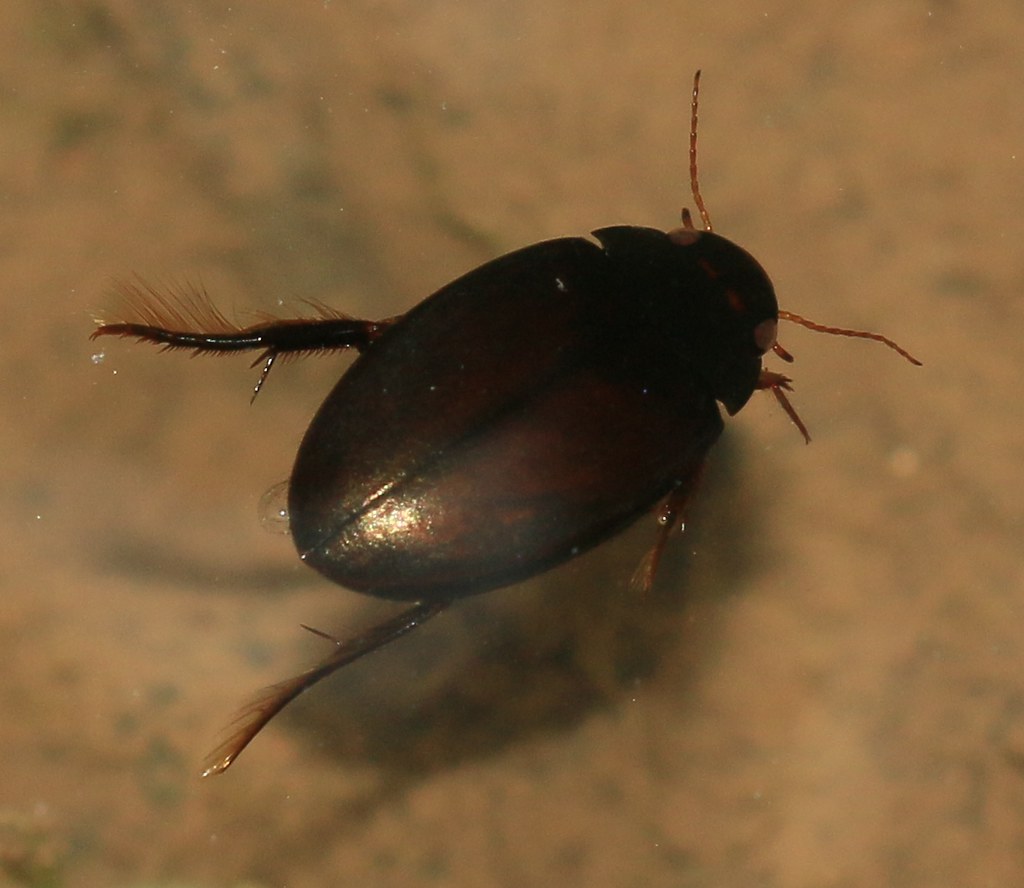
Certain aquatic beetle species have evolved bioluminescent capabilities that work effectively underwater, creating ghostly light displays in ponds and streams. These diving beetles use their lights primarily for escape purposes, creating sudden bright flashes when grabbed by fish or other aquatic predators. The underwater light explosion often startles attackers enough to cause them to release their grip, giving the beetle a chance to swim to safety.
The physics of underwater bioluminescence presents unique challenges, as water absorbs and scatters light differently than air. These beetles have adapted by producing extremely intense, short-duration flashes that can penetrate water effectively. Their light organs are specially designed to function in aquatic environments, with waterproof membranes that prevent their bioluminescent chemistry from being diluted or disrupted.
Some diving beetle species have developed coordinated group flashing behaviors, where multiple individuals create synchronized light displays that can confuse schools of fish or other predators. This collective defense strategy demonstrates how bioluminescence can evolve from individual survival tool to community protection system.
Termite Alates: Swarming Deception

During their nuptial flights, some termite species produce collective light displays that serve as both mating signals and predator deterrents. These winged reproductive termites, called alates, emerge from their colonies in synchronized swarms, creating clouds of flickering lights that can be seen for miles. The massive scale of these displays overwhelms predators through sheer numbers, making it difficult for birds and other hunters to focus on individual targets.
The deceptive aspect of termite light displays lies in their ability to create false density patterns. By clustering their lights in certain areas while leaving others dark, swarming termites can make predators believe the swarm is concentrated in one location while the majority of individuals escape through darker zones. This coordinated misdirection requires sophisticated chemical communication between thousands of individuals.
Recent studies have shown that termite alates can adjust their light intensity based on moon phases and ambient light conditions, suggesting they’ve evolved to optimize their deception strategies for different environmental contexts. During bright moonlit nights, they produce dimmer lights to avoid detection, while increasing intensity during darker periods to maintain effective communication.
Thrips: Microscopic Light Manipulators
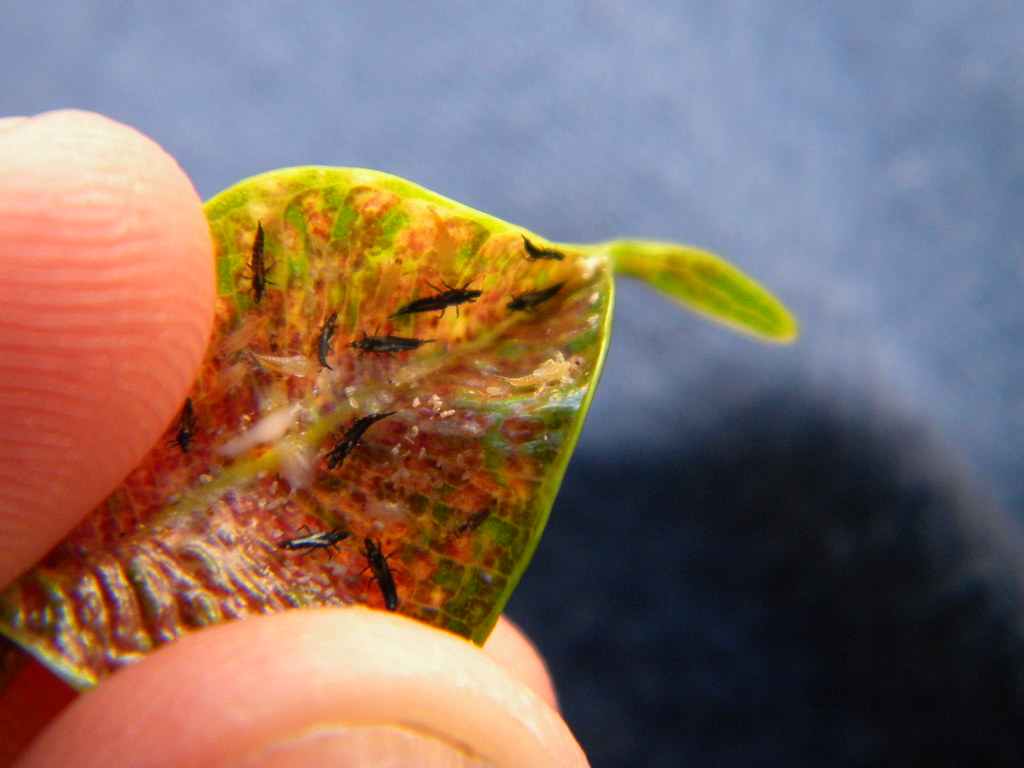
These tiny insects, barely visible to the naked eye, have developed ingenious ways to manipulate light for protection and predation. Certain thrips species possess specialized body structures that can focus and redirect light into concentrated beams, creating the illusion of much larger creatures. Their reflective body segments can gather available light and project it in specific directions, making them appear to flash and glow even without true bioluminescence.
The deceptive power of thrips lies in their ability to create false size impressions through light manipulation. By reflecting light in patterns that suggest larger body dimensions, these minute insects can deter predators that might otherwise view them as easy prey. This optical illusion technique represents a remarkable example of how even the smallest creatures can exploit the physics of light for survival.
Some thrips species have evolved to work collectively, coordinating their light-reflecting activities to create group displays that can confuse predators about the location and nature of their swarm. These coordinated optical illusions demonstrate that size doesn’t limit an insect’s ability to develop sophisticated deception strategies.
Caddisfly Larvae: Architectural Light Traps
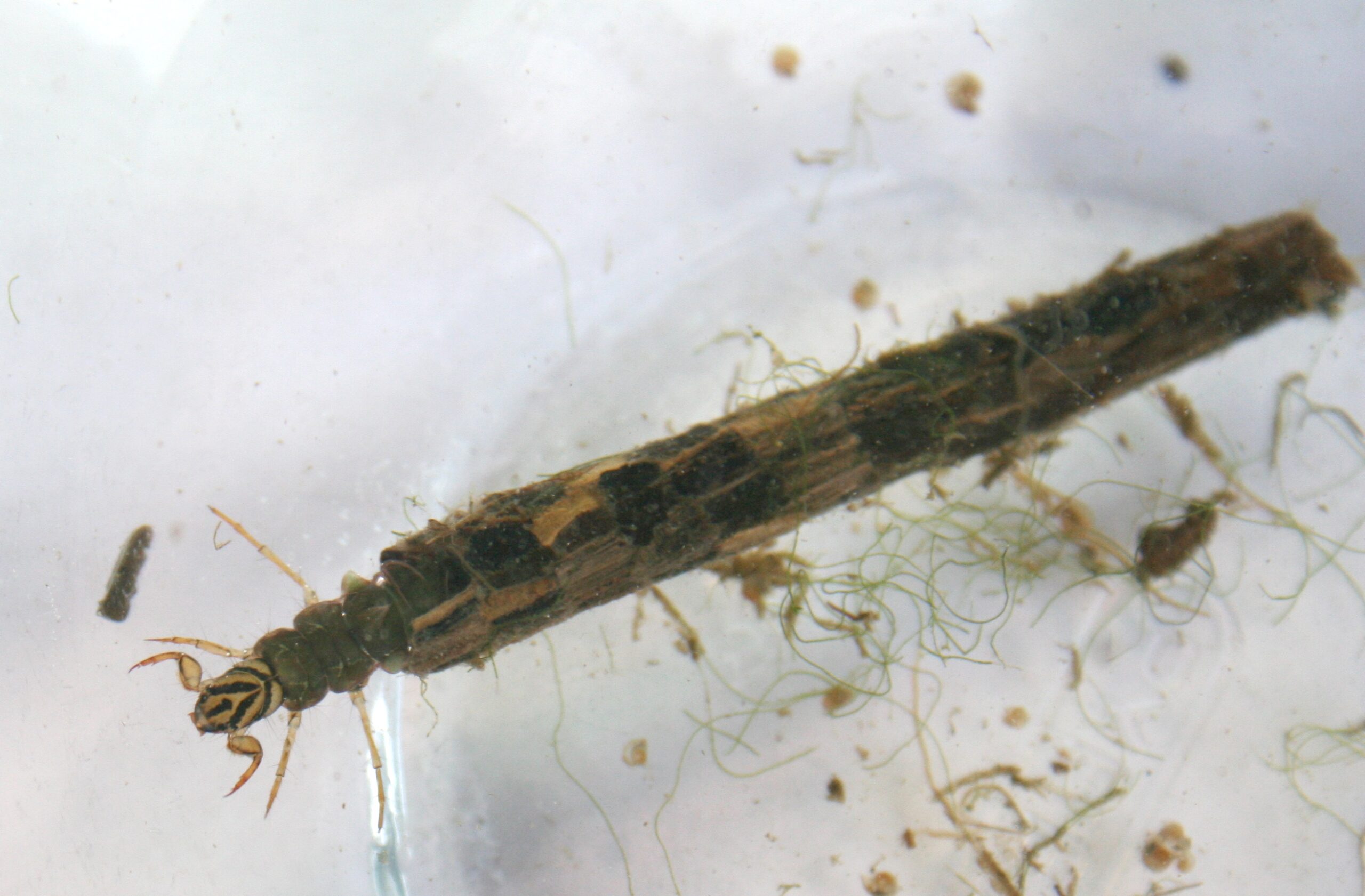
The aquatic larvae of certain caddisfly species incorporate reflective and light-producing elements into their protective cases, creating mobile light traps that serve dual purposes. These ingenious insects collect luminescent materials from their environment, including bioluminescent bacteria and reflective particles, weaving them into their portable shelters. The result is a living lighthouse that can attract prey while providing protection from predators.
The deceptive nature of caddisfly light traps lies in their ability to mimic environmental light sources. By carefully selecting and arranging luminescent materials, these larvae can create light patterns that resemble natural phenomena like filtered sunlight or bioluminescent algae. This environmental mimicry allows them to blend seamlessly into their surroundings while actively hunting.
Research has revealed that caddisfly larvae can modify their light displays based on seasonal changes and prey availability. During periods of high competition, they enhance their light output to attract more prey, while dimming their displays when predator activity increases. This adaptive behavior demonstrates remarkable environmental awareness for such small creatures.
Moths: Masters of Light Deception
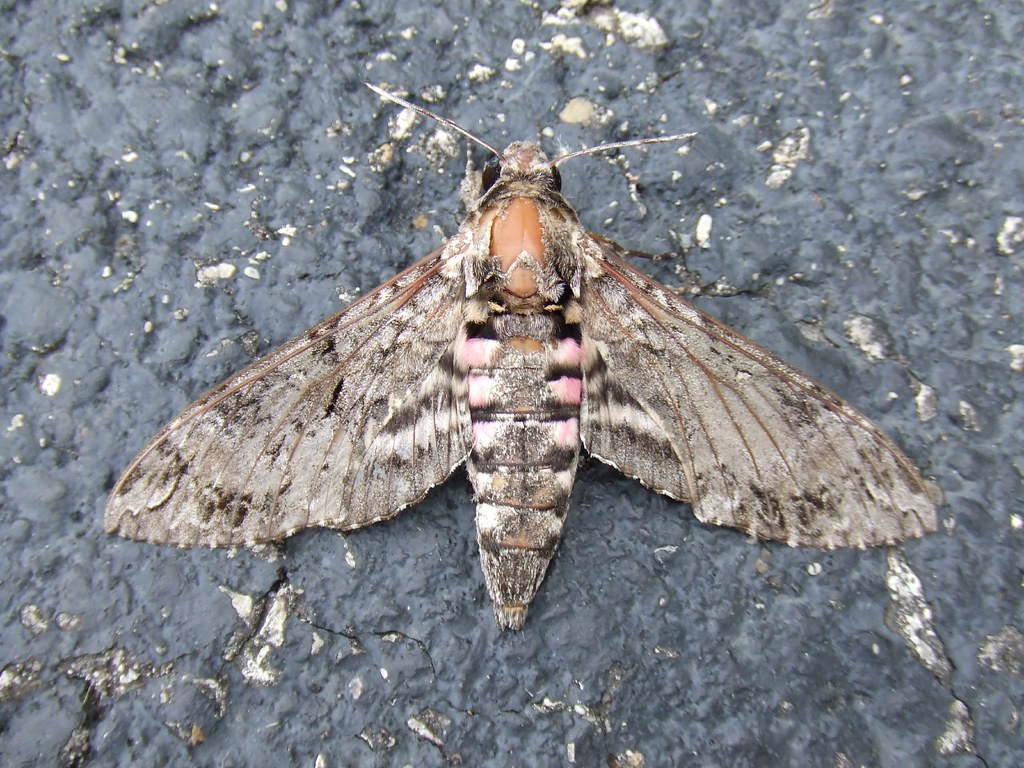
While most moths are attracted to light, certain species have evolved the ability to produce their own deceptive light displays for defense and mating purposes. These moths possess specialized wing scales that can reflect and concentrate light into brilliant flashes, creating sudden bursts of illumination that startle predators and provide escape opportunities. The wing-based light manipulation allows them to create directional beams that can be aimed precisely at threats.
Some moth species have developed false eye-spot patterns that incorporate reflective elements, creating the illusion of much larger creatures when illuminated. These light-enhanced eye spots become dramatically more effective in low-light conditions, where the concentrated reflections can appear to glow with an otherworldly intensity. The psychological impact on predators is often sufficient to cause them to retreat without attacking.
Certain tropical moth species have evolved to coordinate their light displays with environmental conditions, timing their reflective flashes to coincide with lightning strikes or other natural light phenomena. This synchronization allows them to hide their artificial light production within natural events, making their deception nearly impossible to detect.
Grasshoppers: Reflective Escape Artists

Desert grasshoppers have evolved remarkable light-manipulation abilities that help them survive in harsh, sun-baked environments. These insects can rapidly adjust their body positioning and wing angles to create intense light reflections that temporarily blind predators during daylight hours. Their specialized wing and leg structures act like adjustable mirrors, allowing them to direct concentrated sunlight directly into a predator’s eyes.
The timing of grasshopper light displays is crucial to their effectiveness. These insects have developed the ability to detect approaching shadows and movement, triggering their reflective defense system within milliseconds of detecting a threat. This rapid response creates a flash-bang effect that can disorient birds and other visual predators long enough for the grasshopper to leap to safety.
Some grasshopper species have evolved group coordination abilities, where multiple individuals can create synchronized light displays that amplify their defensive effectiveness. These collective flash patterns can create walls of blinding light that protect entire groups from aerial predators, demonstrating how individual deception strategies can evolve into community defense systems.
Katydids: Acoustic-Visual Deception
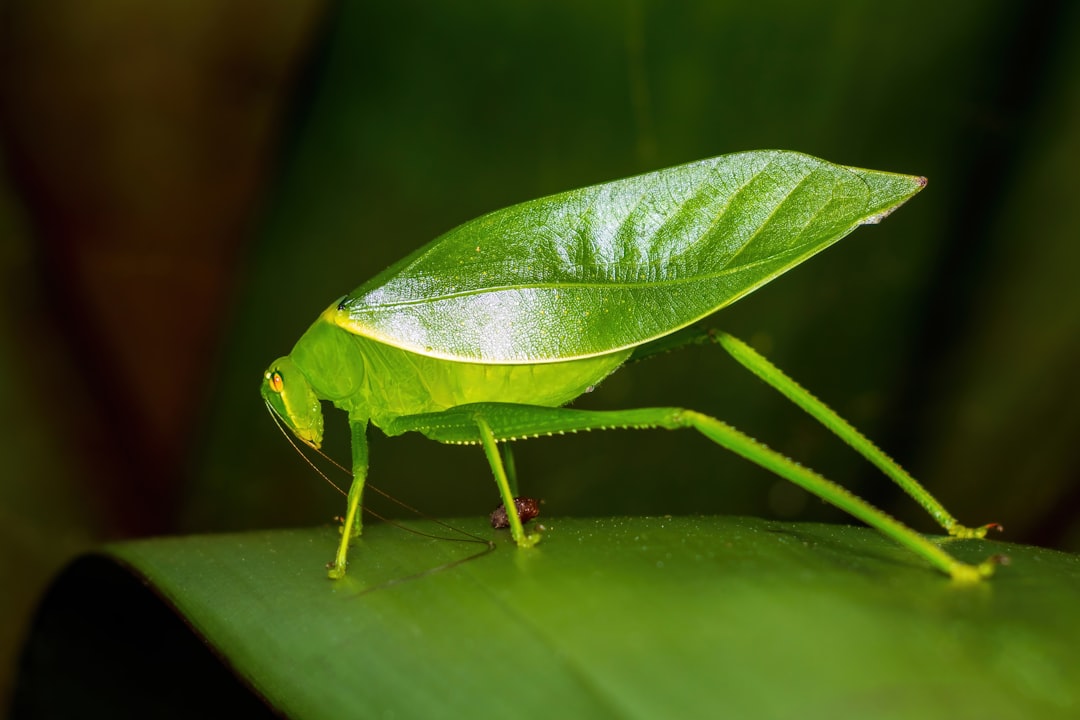
Certain katydid species have developed the unique ability to combine sound and light in their deceptive displays, creating multi-sensory illusions that confuse predators and prey alike. These insects possess both sound-producing organs and reflective body structures that can work in coordination to create complex deception patterns. Their wing movements generate both acoustic signals and light reflections, making it difficult for predators to pinpoint their exact location.
The deceptive power of katydid displays lies in their ability to create false location signals through coordinated audio-visual misdirection. By producing sounds from one location while reflecting light from another, these insects can make predators believe they are in multiple places simultaneously. This sensory confusion often causes hunters to hesitate or attack empty space, giving the katydid time to escape.
Recent research has shown that katydids can adjust their light-sound combinations based on predator type and environmental conditions. Against bat predators, they emphasize acoustic deception, while using visual tricks against bird predators. This adaptive multi-modal deception represents one of the most sophisticated survival strategies in the insect world.
Conclusion
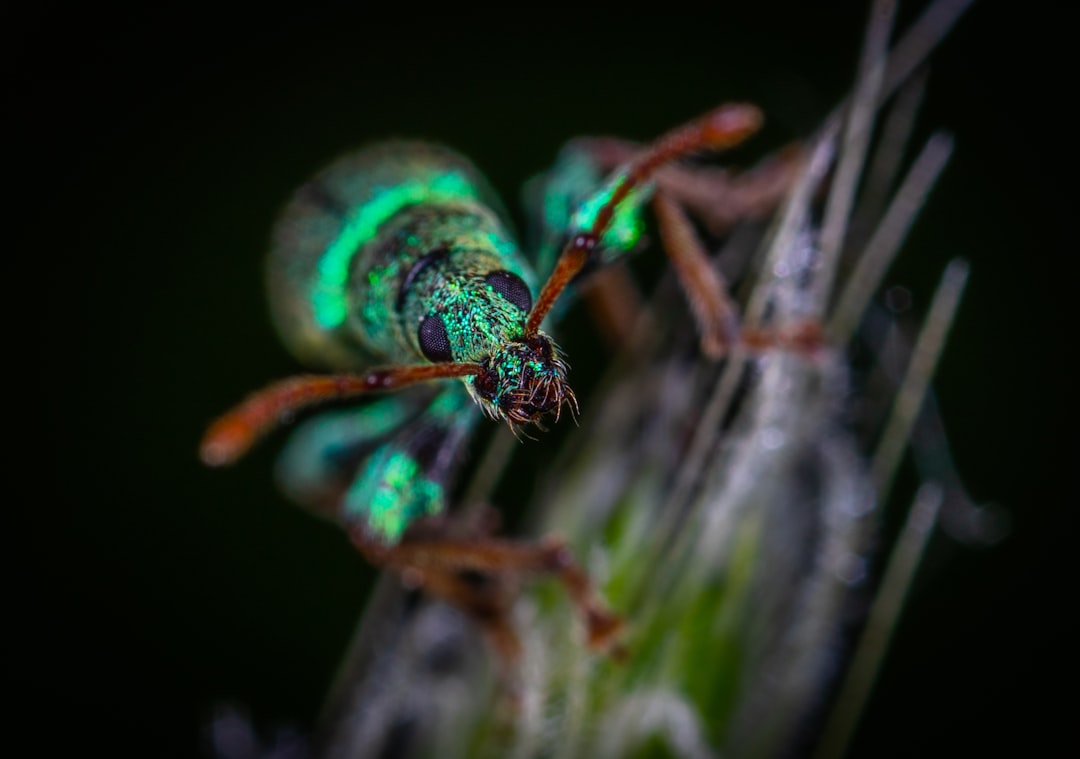
The world of insect deception through light manipulation reveals nature’s incredible creativity in developing survival strategies. From firefly femme fatales that murder through mimicry to railroad worms operating their own biological traffic systems, these creatures have mastered the art of visual deception with a sophistication that rivals human technology. Their ability to lie, lure, and escape using light demonstrates that even the smallest creatures can evolve extraordinary capabilities when survival depends on it.
These remarkable adaptations remind us that the natural world is filled with complex behaviors and strategies that we’re only beginning to understand. Each species has developed unique solutions to the universal challenges of finding food, avoiding predators, and reproducing successfully. The study of insect bioluminescence and light manipulation continues to inspire new technologies and deepen our appreciation for the ingenuity of evolution.
As we face our own challenges in an increasingly complex world, perhaps we can learn something from these tiny masters of deception. After all, when life depends on quick thinking and creative solutions, who better to study than creatures that have been perfecting their survival skills for millions of years? What other secrets might these living light shows be hiding in the darkness around us?
